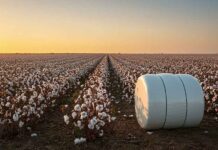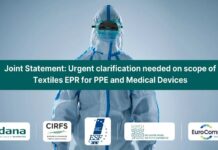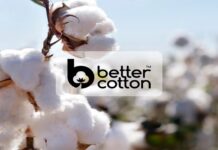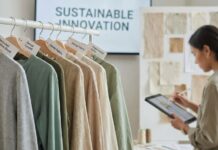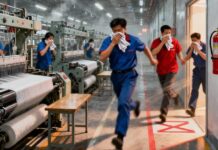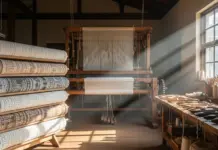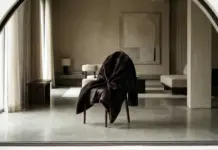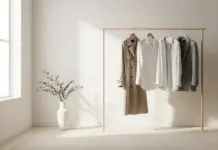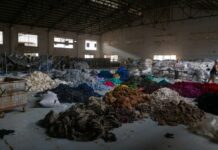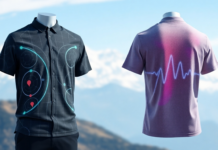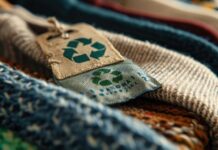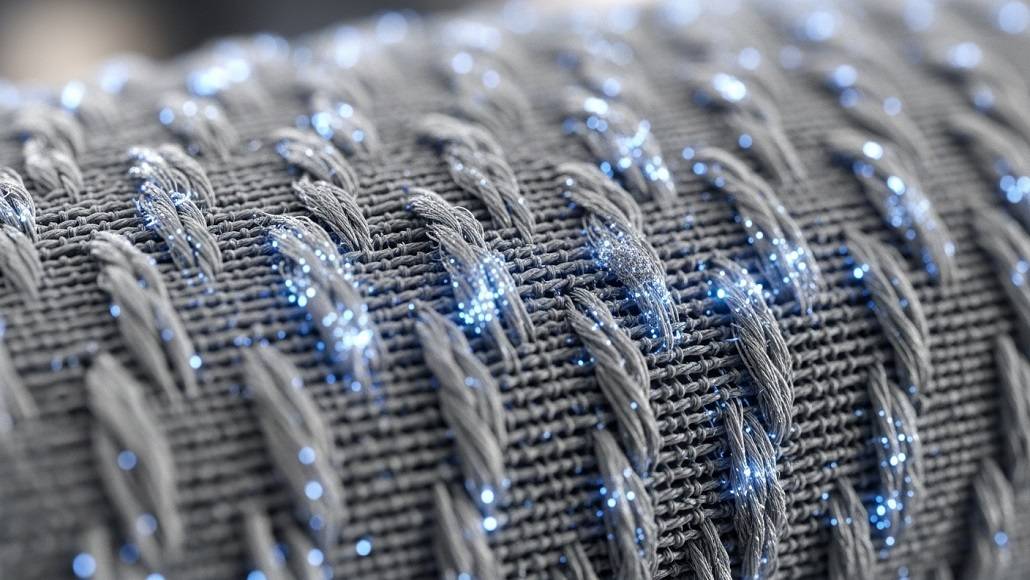The latest research by Mordor Intelligence covers the “Antimicrobial Textile Market,” delivering insights into market dynamics, drivers of growth, and long-term forecasts. As global health concerns rise, the demand for antimicrobial textiles is set to expand significantly, with projections estimating a market value of approximately USD 13.77 billion by 2026. This surge is largely attributed to the increasing need for products that provide enhanced protection against harmful bacteria, fungi, and other pathogens, especially within sectors such as healthcare, athletics, and home textiles.
Antimicrobial textiles are designed to prevent the proliferation of microorganisms, making them essential in medical environments. Their use in surgical garments, patient gowns, and hospital linens is gaining traction due to a heightened focus on reducing healthcare-associated infections (HAIs) and maintaining stringent hygiene protocols. Furthermore, as public awareness surrounding health and sanitation grows, consumers are increasingly opting for antimicrobial fabrics in their everyday apparel and home textiles.
In the athletic and outdoor clothing markets, the appeal of antimicrobial textiles is also on the rise. Athletes and fitness enthusiasts seek out clothing that minimizes moisture retention and odor, thus improving comfort during workouts. This demand has driven manufacturers to enhance their fabric offerings with antimicrobial features, thereby boosting performance and durability.
Regionally, North America holds a dominant position in the antimicrobial textile market, supported by a robust healthcare infrastructure and the presence of key industry players. Conversely, the Asia-Pacific region is anticipated to experience the highest growth rate in the coming years, fueled by rising disposable incomes, an increasing emphasis on health awareness, and a thriving textile sector.
In summary, the antimicrobial textile market is on an upward trajectory, driven by its varied applications in healthcare, sports, and domestic textiles. With consumers placing a premium on safety and hygiene, the demand for these innovative fabrics is expected to grow, offering substantial opportunities for manufacturers and industry stakeholders alike.





